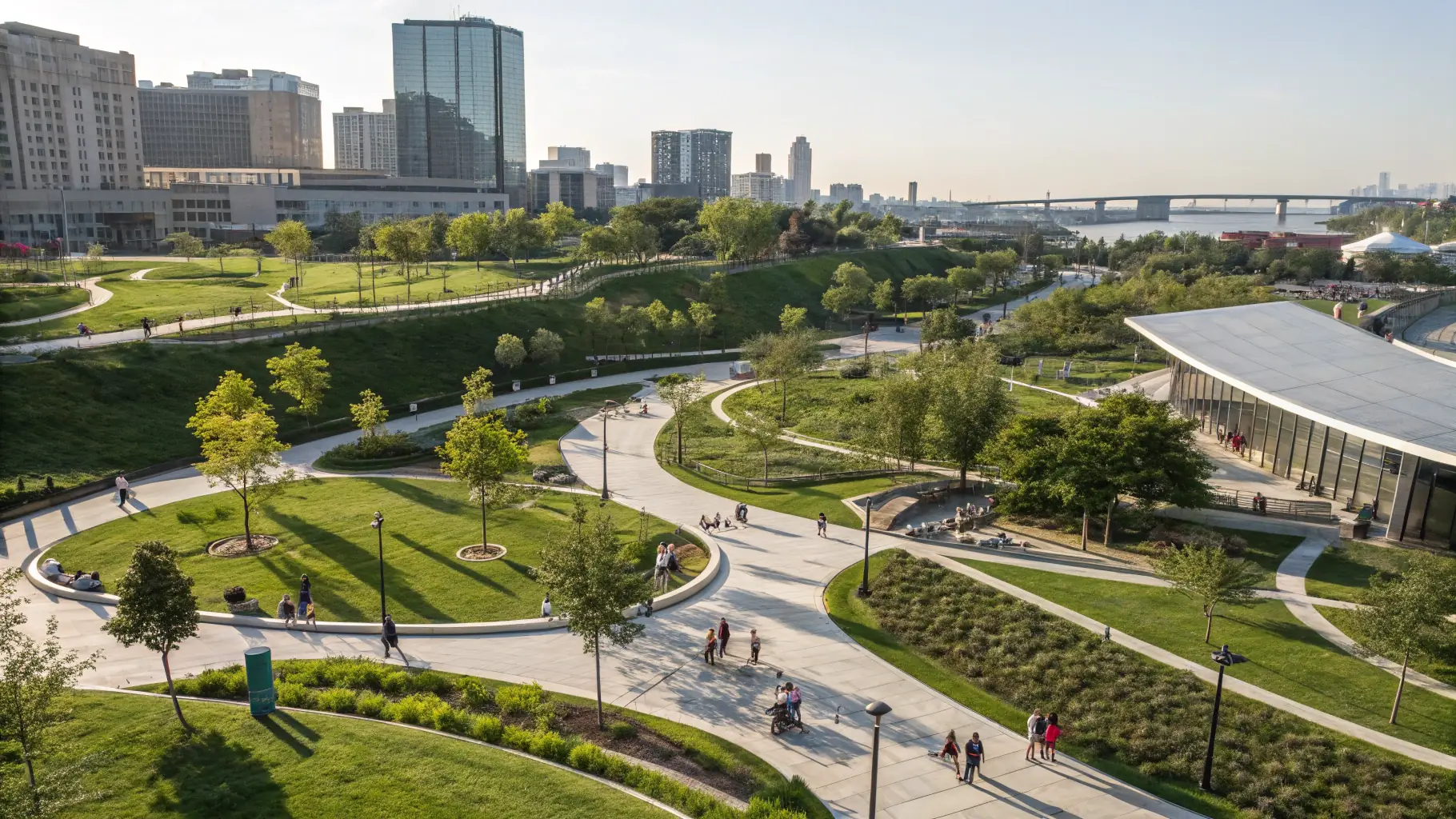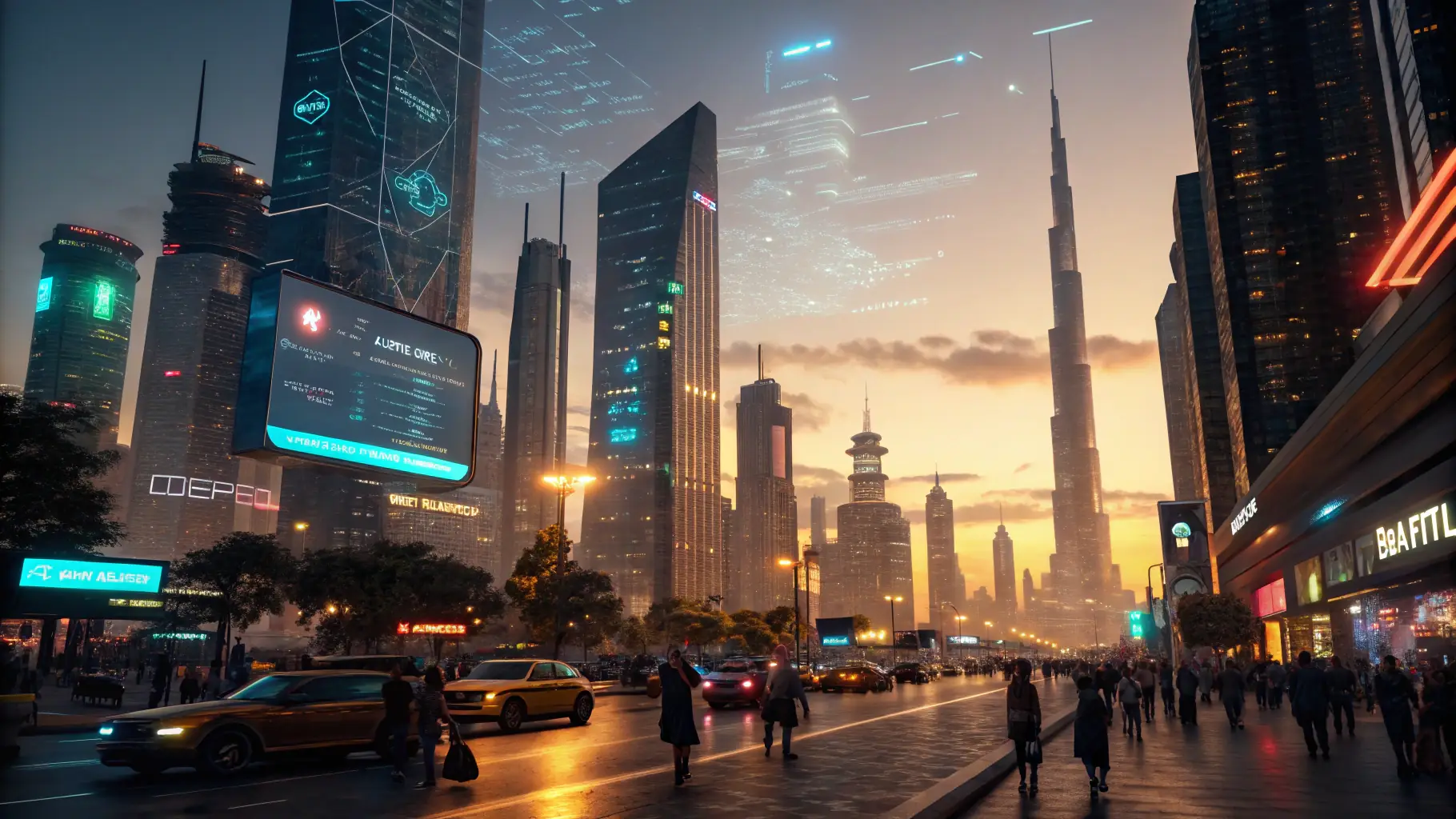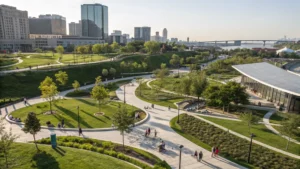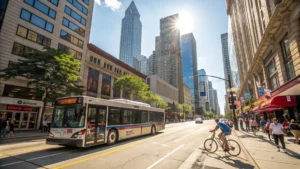Green infrastructure plays a vital role in building resilient cities. Integrating green spaces, such as parks, gardens, and green roofs, into urban environments can significantly mitigate the effects of climate change. These spaces help regulate temperature, reduce the urban heat island effect, and improve air quality. Furthermore, green infrastructure can enhance biodiversity and create opportunities for recreation and community engagement. Urban green spaces also contribute to the overall well-being of city residents. Studies have shown that access to nature can reduce stress, improve mental health, and enhance physical activity. Green infrastructure can also help manage stormwater runoff, reducing the risk of flooding and improving water quality. The integration of green spaces into urban planning can create aesthetically pleasing and functional environments. Implementing green infrastructure requires careful planning and collaboration between urban planners, policymakers, and community members. Sustainable design principles should be prioritized to ensure that green spaces are integrated seamlessly into the urban fabric. Community engagement is crucial to ensure that green infrastructure projects meet the needs and preferences of residents. By prioritizing green infrastructure, we can create cities that are not only resilient but also beautiful and healthy.
The Role of Technology in Smart Cities
Leveraging technology to enhance urban efficiency and sustainability is crucial for creating smarter and more



